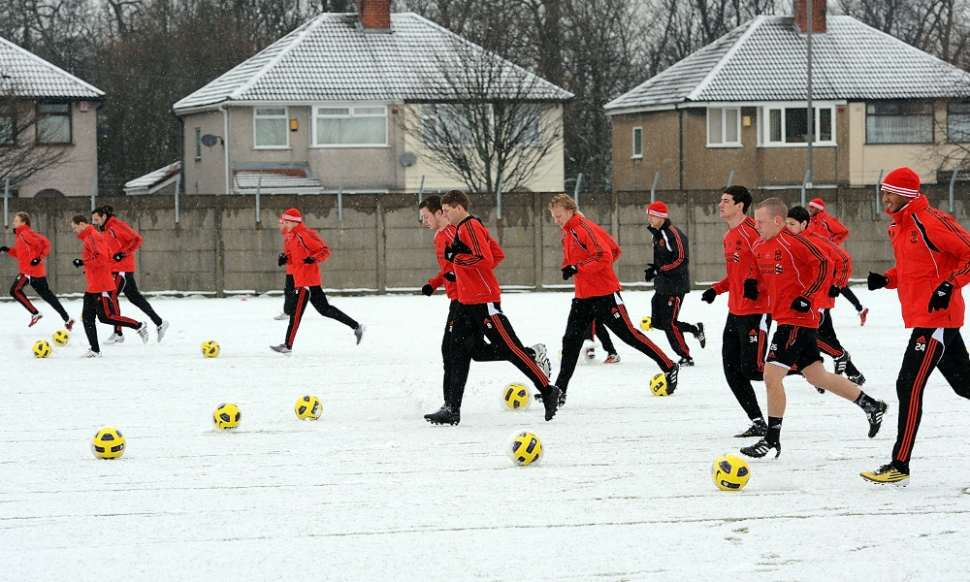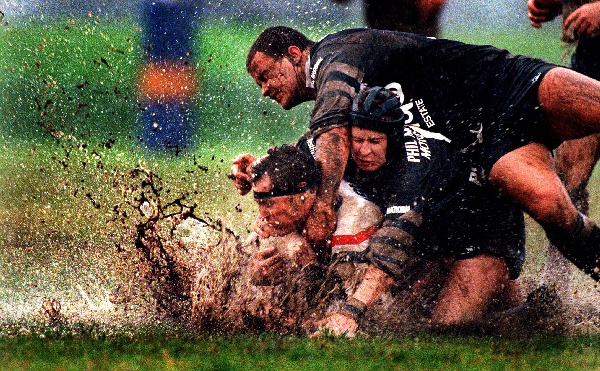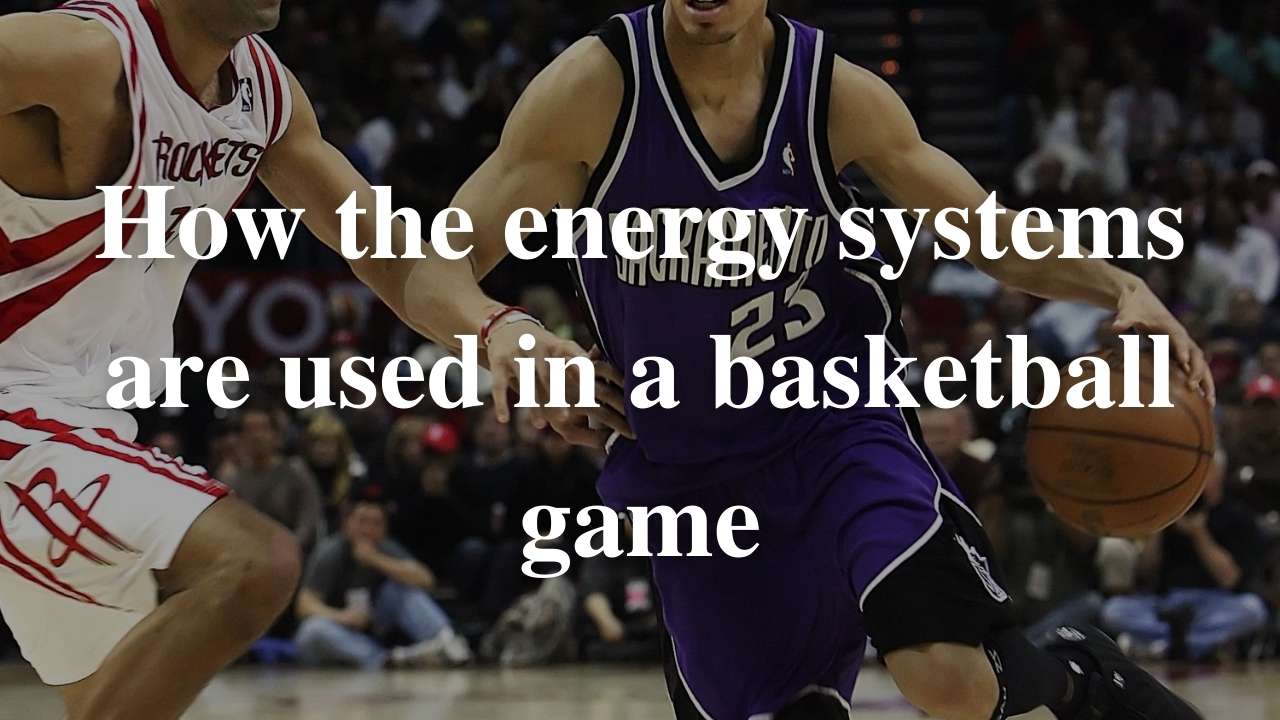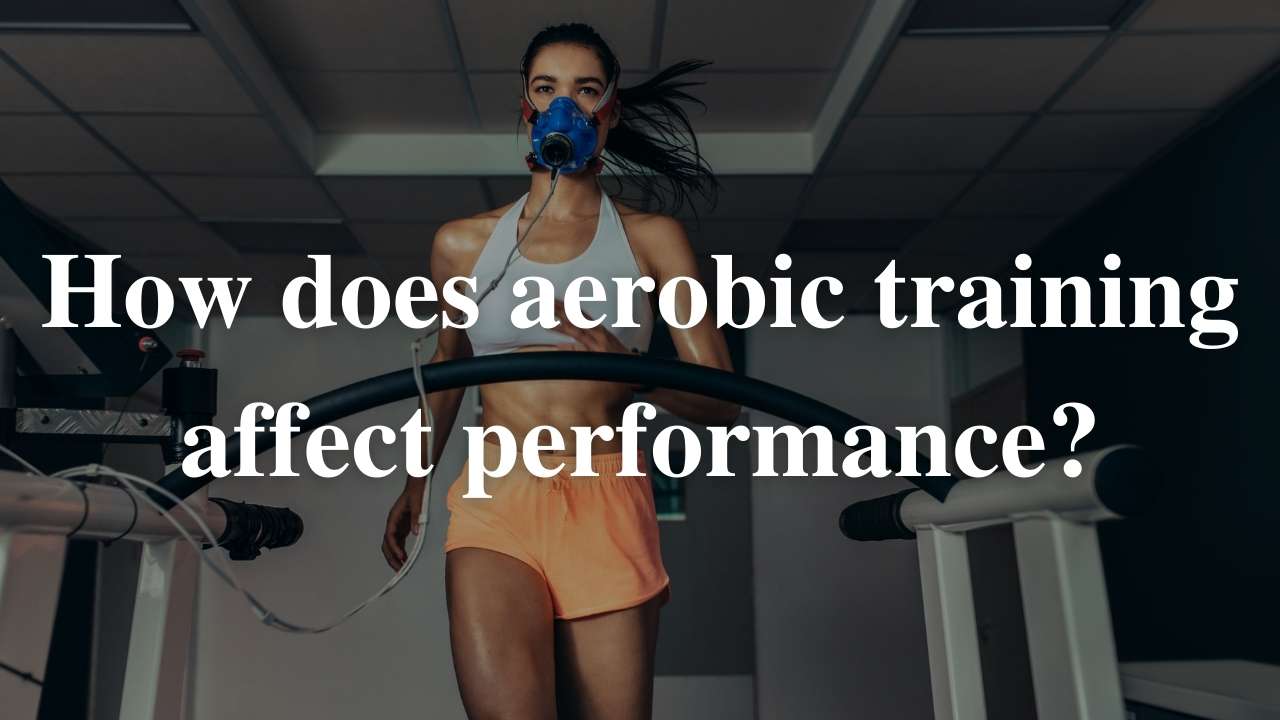Continuing our teacher note series, today we look at the combination of cold, wind and hypothermia. This teacher note comes under environmental considerations for What role do preventative actions play in enhancing the wellbeing of the athlete? in Sports Medicine. The teacher note says:
Students should understand how the combination of heat and humidity or cold and wind increases the likelihood of hyperthermia and hypothermia respectively.
Last week we looked at heat, humidity and hyperthermia, today’s focus is cold, wind and hypothermia.
Once again I am going to presume knowledge as we go, so if you have no idea about this content, please click the environmental considerations link, and read through the usual content.
A cold environment increases the likelihood of hypothermia in a number of ways. First on cold days your body will lose more heat through radiation into the surrounding atmosphere. As you use ATP to create energy (including heat energy) some will be lost by your body radiating heat.
Secondly, a cold environment means other surfaces are going to be cold and touching them will transfer heat from your body to the object. This heat can leave your body and go into any object, including your clothes or any equipment needed for the sport. Unless you find an object that is warm, such as a heat pack or another person, heat will be lost through conduction making hypothermia more likely.
Thirdly your body will continue to lose heat through evaporation (our bodies main mechanism for heat loss and temperature regulation). On cold day, an athlete will sweat less, but the sweat they produce will be cooled by the surrounding environment removing more heat from your body whether it evaporates or not.
If we add wind to the cold climactic conditions then heat loss increases due to convection. The stronger the wind the greater the heat loss due to convection and the more cold the athlete’s body becomes. This added heat loss further increases the likelihood of hypothermia placing the athlete’s wellbeing at risk.
Given that rain often comes with cold, windy conditions, you may also want to think about the extra loss of heat through the convection of water running over the skin surface. But you don’t NEED to add this to your answer in a HSC PDHPE exam.
In summary, cold, wind and hypothermia often go together in sports performance or training. If the climactic conditions are cold and windy, the body will lose heat through: radiation, conduction, evaporation, and convection. To add wind to cold climactic conditions increases heat loss through convection, especially if the wind is strong and cold. Our bodies respond by increasing energy production through shivering etc in order to raise body temperature. Cold, wind and hypothermia make sport risky to athlete wellbeing.







